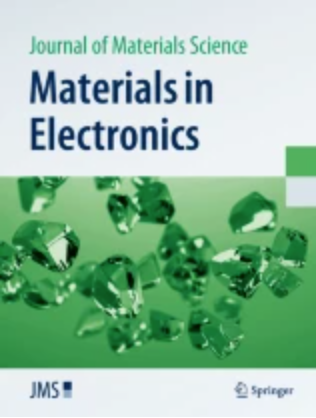Boosted redox reaction of polysulfides by nitrogen-doped carbon-encapsulated NiFe alloy nanoparticle-modified carbon nanotubes composite as multifunctional separators in Li–S batteries
Abstract
Lithium–sulfur (Li–S) batteries offer high specific energy at low cost but are hindered by the shuttle effect, which reduces capacity and cycled life due to sluggish sulfur redox kinetics. The efficient limitation of the shuttle effect of polysulfides from rational construction of electrocatalysts to accelerate the redox kinetics of polysulfides is extremely important. In this study, nitrogen doped carbon encapsulated NiFe alloy nanoparticles (NC@NiFe) modified carbon nanotubes hybrid materials (NC@NiFe/CNTs) are coated on a pristine polypropylene separator for capturing and boosting the conversion of polysulfides in lithium–sulfur batteries. The one-dimensional CNTs promote the lithium ions and electron pathways in redox kinetics, while the NC@NiFe nanoparticles ensure the full exposure of active sites and accelerate polysulfides redox kinetics through chemisorption and catalytic conversion. Considering of these advantages mentioned above, when applied as the lithium–sulfur batteries separator modifier, the cell assembled from the NC@NiFe/CNTs modified separator with 3.8 mg cm−2 sulfur loading demonstrate high specific capacity (844.1 mAh g−1 at 0.3 C), and excellent cycling performance, which can maintain the capacity of 653.7 mAh g−1 after 200 cycles with low-capacity decay rate of 0.11% per cycle. Even under a high sulfur loading of 8.9 mg cm−2, the cell can still present excellent cycling stability. This study paves the design alloy nanoparticles modified carbonaceous materials hybrid for the construction outstanding functional separator layer and feasible synergistic approach for the inhibition of shuttle effect in lithium–sulfur batteries.

 求助内容:
求助内容: 应助结果提醒方式:
应助结果提醒方式:


